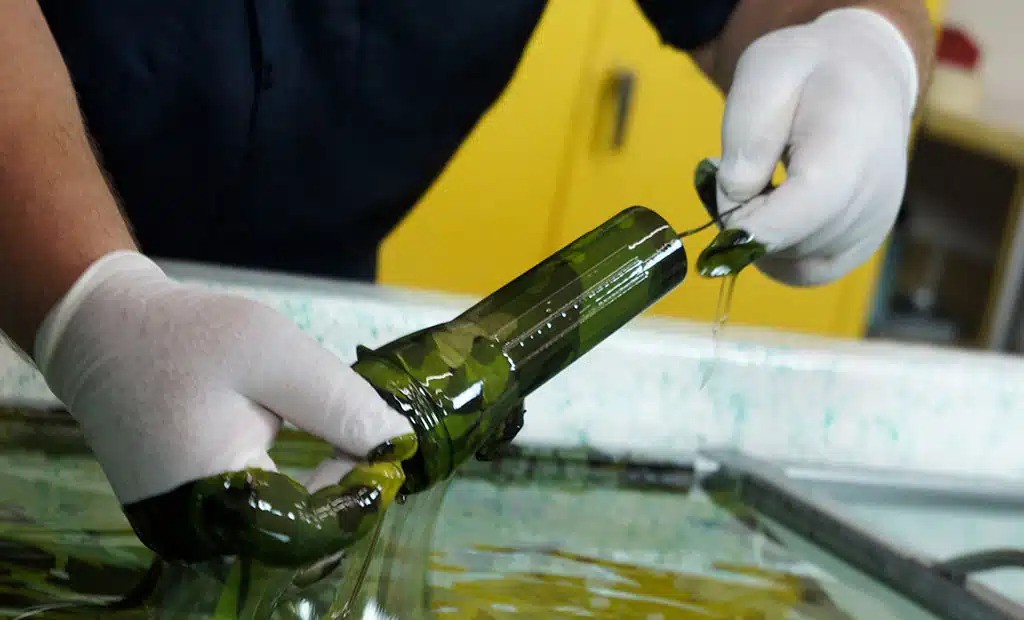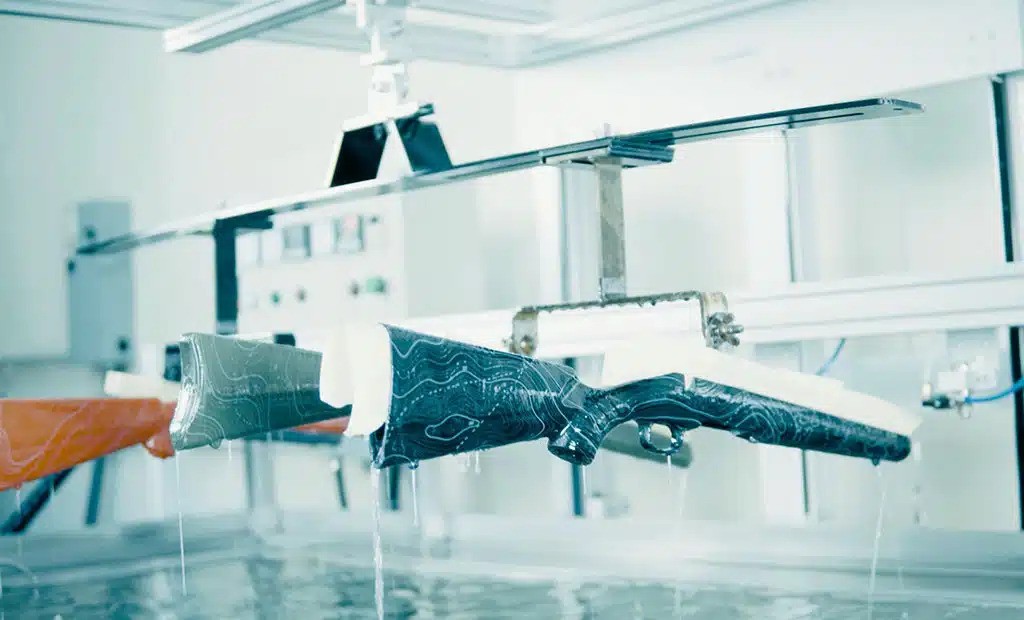What is hydrographic film?
Ever looked at everyday items and wished they had a bit more personality? Maybe you’ve thought about jazzing up your plain sneakers or giving your phone a unique design—without breaking the bank.
Good news: there’s a simple, creative technique that makes this possible! With just some hydrographic film and a container of water, you can transform ordinary surfaces into eye-catching works of art.
Welcome to hydro dipping—a fascinating method of transferring vibrant patterns onto almost any object. This DIY trend has exploded in popularity, inspiring countless videos of people customizing everything from shoes to gaming consoles.
If you’ve seen these clips on YouTube and felt inspired, you’re in the right place. Here’s how you can get started with hydro dipping right at home!
What is Hydro Dipping?
Hydro dipping, also known as water transfer printing, is a creative technique used to apply colorful, patterned designs onto three-dimensional objects. It works by floating a printed film on the surface of water, then dipping an object through the floating layer so the design wraps around it.
How It Works:
Prepare the item – Clean the object and, if needed, apply a base coat of white paint to help the design stick and show up better.
Apply film to warm water – Use a pre-printed hydro film on the surface of a container filled with water.
Activate – activator is sprayed to make the film stick better.
Dip the object – Slowly submerge the item through the floating film. As it moves through the film layer, the design clings to its surface.
Rinse and seal – Rinse off any residue and finish with a clear sealant to protect the design.
What Can You Hydro Dip?
You can hydro dip plastic, metal, wood, glass, and more—as long as the surface is properly prepared. People commonly hydro dip items like:
- Shoes
- Phone cases
- Helmets
- Skateboards
- Car parts
Game controllers
It’s a fun, low-cost way to personalize and revamp your belongings with vibrant, one-of-a-kind patterns.
What is the history of hydro dipping?
Origins and Early Use:
1960s–1980s: The earliest forms of water transfer printing were developed in Japan in the late 20th century. One of the first companies to commercialize the process was Taica Corporation, which patented a version of the hydrographic transfer system.
It began as an industrial technique, mainly used in the automotive and military industries to apply camouflage or decorative finishes to complex surfaces like helmets, dashboards, and gun stocks—things that were difficult to paint using conventional methods.
Commercialization and Expansion:
1990s–2000s: As the technology improved, hydro dipping became more accessible and was adopted by manufacturers around the world, especially in automotive customization. This period saw a rise in printed film designs—carbon fiber patterns, wood grains, camouflage, and metallic finishes.
Companies started using it on consumer goods, including electronics, sporting equipment, and interior décor.
DIY Boom and Pop Culture:
2010s–Present: With the growth of YouTube and social media platforms, hydro dipping exploded in popularity as a DIY craft. Videos of people dipping everything from sneakers to PlayStation controllers began going viral, sparking interest from artists, hobbyists, and younger audiences.
Today:
Hydro dipping is both a professional manufacturing process and a widely enjoyed crafting hobby. It continues to evolve with new patterns, techniques, and creative applications, bridging the gap between art, technology, and customization.
Project Ideas
The Popular Stuff:
Get started with the most popular items. Grab an old pair of shoes and give them fresh life. Try different kinds of footwear, anything from sneakers to pumps will work. Maybe you’re bored of your phone case, makeup brush handles, water bottle, helmet, or belt buckle.
Outdoor Items:
Guns, car parts, and bike parts are all popular items to dip. Hunters will often dip deer skulls or antlers.
Kitchenware & Household Goods:
Plain ceramic cups, mugs, and tableware can be transformed into a more interesting experience when used to serve food and drinks in. If they’re scratched or cracked this is a nice way to fix them up and give them new life. Also fun choices are water bottles/tumblers and flower pots.
Electronics:
Match all your electronic gadgets or have each one be a different color and pattern. Your console and controllers can be colorful instead of just plain old black. Your headphones can be a jumble of colors that you can accessorize with everyday. Just remember to only hydro dip the outer cases of electronic equipment or super seal every entry point to protect from water damage.
Old Metal Objects:
Clean rust off metal objects and hydro dip them to not only make them look new but prevent further corrosion. Useful for door knobs, pipes, automotive parts, garage equipment like cans, and hammer handles.
Other Materials:
Plenty of other objects not listed here can be hydro dipped and customized by using hydrographic film! Check out our patterns here!



